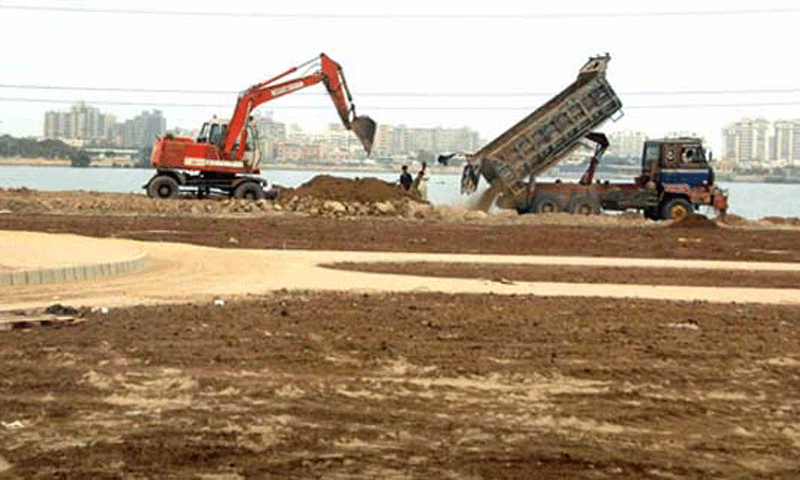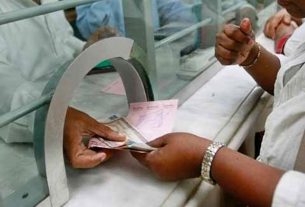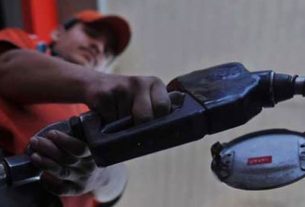PESHAWAR: A whopping amount of Rs487 billion, which is around 80 per cent of Khyber Pakhtunkhwa’s budgetary allocations for the next financial year, is likely to be used for non-development purposes, reveals the finance department.
The revelation has been made in the 2019-20 Budget Strategy Paper-I, which was prepared by the finance department and presented in the provincial cabinet’s meeting on Feb 26.
The document available with Dawn showed that the finance department had pitched the next budget at Rs606 billion, which was around seven per cent less than the current budget of Rs648 billion.
The decrease in the budget’s size is likely to happen due to the discontinuation of the payment of the net hydel profit arrears in 2019-20.A
Finance dept document says 2019-20 budget to be 7pc smaller than current
The document revealed said a major chunk of the province’s revenue amounting to Rs500 billion or 83 per cent would come from federal transfers.
The document also foresaw a considerably smaller annual development programme of Rs119 billion.
A major portion of the ADP amounting to Rs60 billion is likely to come from the foreign-funded projects, while the province’s core development programme has been pitched at a paltry Rs41 billion. The value of the district component is likely to be around Rs18 billion.
“This is a significant reduction from Rs180 billion in the current fiscal year and is driven by reduced receipts and rising expenses, especially under salary and pensions head,” the document read.
As the finance department is making budget for the erstwhile Fata for the first time, a separate budget for the region has been pitched at Rs330 billion subject to the federal government’s budgetary allocations for the purpose and agreement on the new National Finance Commission award.
The document said KP received revenue receipts of Rs238 billion in the first half of the current fiscal amounting to 37 per cent of the Rs648 billion provincial budget.
It also highlighted slow federal transfers to the province, non-payment of Rs32 billion net hydel profit arrears and below-target realisation for foreign-funded projects.
The document said the aggregate budget utilisation stood at Rs220 billion during the same period, which was 36 per cent of the current budget.
Of the proposed Rs332 billion budget for merged tribal districts, Rs70 billion is for the existing services, Rs15 billion for the creation of new posts and services, Rs129 billion for 10 years development programme, Rs12 billion for subsidy on Pepco receivables, Rs10 billion for pension liabilities, Rs45 billion each for internally displaced persons and security purposes, and Rs6 billion for additional salary spending.
The document also proposed several strategies to enhance the province’s shrinking fiscal space and save up to Rs26.8 billion.
It said the province’s current budget was increasing leaving reduced space for development portfolio and therefore, the government had planned to explore new areas for revenue mobilisation, and curtail expenditure.
The document added that bold steps for reducing costs, including pension automation, revision of pension rules and extension of the age of superannuation from 60 years to 63 years along with other ancillary amendments, were likely to reduce the province’s pension liabilities by Rs20 billion annually.
It said a full HR audit had been conducted to avoid irregular payments, if any, in the form of pay and allowances and was expected to yield efficiency and Rs2 billion annual savings in the next two years.
The document said the government had decided to abolish the posts of redundant designations and had so far identified designations with 6,300 posts, while 1,601 posts had been abolished with the move likely to produce Rs800 million savings.
It said the review of non-development expenditure by departments and proposed revised rules for better cost management, including vehicle usage and condemnation, was expected to generate Rs3-Rs4 billion savings.
The document proposed the rationalisation of ADP to increase fiscal space saying each department is required to rationalise its development footprints keeping in view the ultimate objective of throw forward to three years and reducing thin spreading.
It added that the throw-forward funds for all ongoing schemes had been curtailed by reviewing and reducing the scope of work.
The document said all departments would try to ensure that new schemes proposed for inclusion in ADP have a throw-forward of less than three years.
It said the own source revenue estimates had been reviewed taking collections from Rs5.5 billion in June 2019 to Rs60.5 billion in June 2023.



